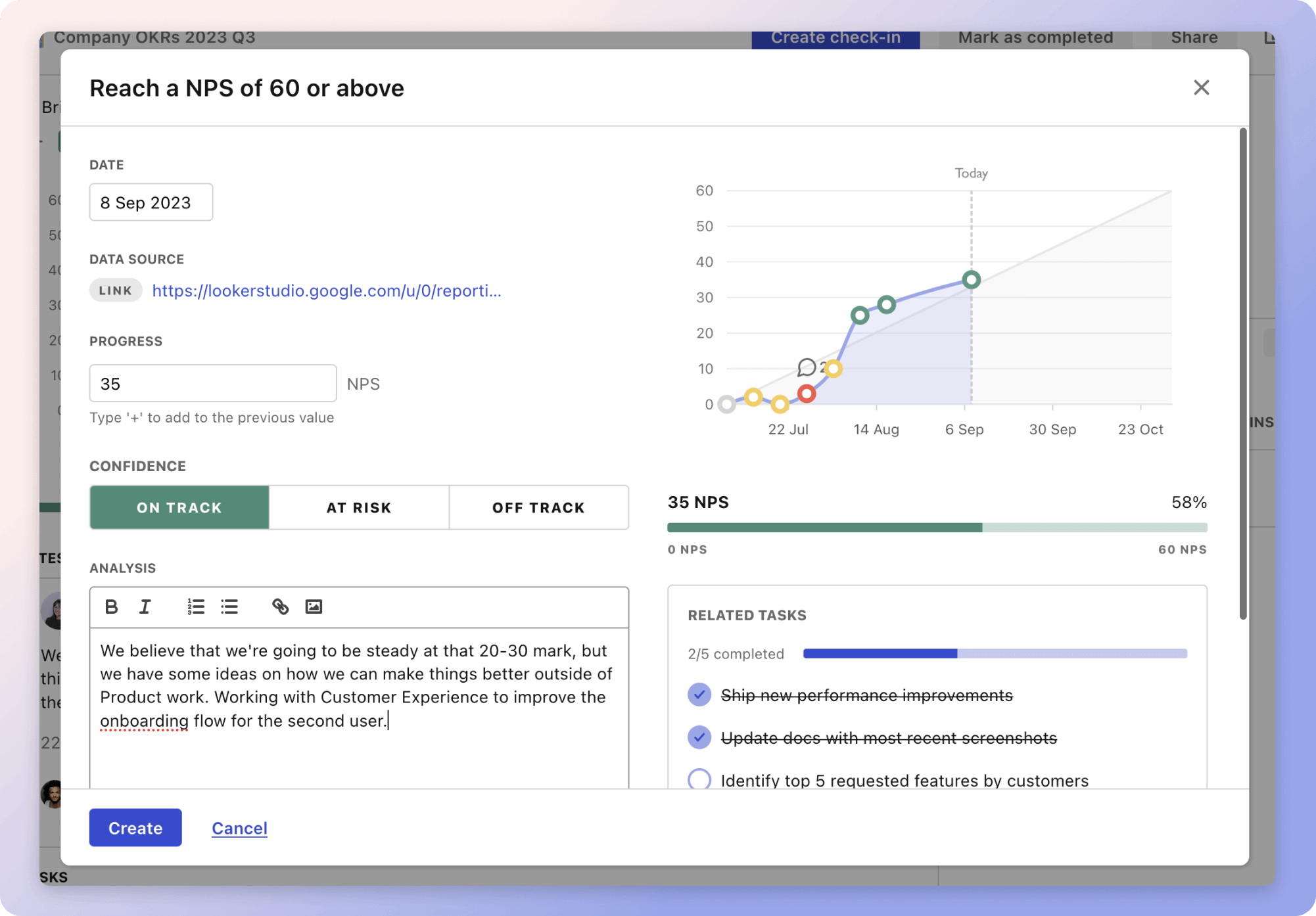The strategy focuses on identifying support and resistance levels to optimize entry and exit points in trading. It begins with analyzing price action by examining historical price charts to spot previous highs and lows. Traders evaluate areas where prices have frequently reversed or stalled, using candlestick patterns for confirmation. Multiple timeframe analysis is essential to verify significant support and resistance levels. For example, traders might identify a key area where the price consistently consolidates and reverse trends, indicating a potential entry or exit point.
Technical indicators play a crucial role in this strategy. Simple moving averages, Bollinger Bands, and RSI are implemented to provide dynamic insights into support and resistance. For instance, Bollinger Bands help identify high-probability zones for entry and exit decisions, while Fibonacci retracement indicates potential support and resistance. Adjusting technical indicators to align with one's trading style and timeframe ensures robust and reliable signals.
Developing a comprehensive trading plan complements this strategy. Clear entry and exit criteria based on support and resistance analysis are established, along with setting stop-loss and take-profit levels. Traders are advised to use limit orders and incorporate risk management rules, ensuring capital protection. Leveraging a trading journal for analysis and remaining adaptable to changing market conditions enhances the strategy's effectiveness over time.
The strategies
⛳️ Strategy 1: Analyse price action
- Review historical price charts to identify previous highs and lows
- Determine key levels where the price has frequently reversed or stalled
- Use candlestick patterns to confirm potential reversals at support and resistance
- Identify areas where the price has previously consolidated, indicating buildups
- Ensure multiple timeframe analysis to verify major support and resistance areas
- Assess the volume to confirm stronger support or resistance at key levels
- Use trend lines to connect higher lows for support and lower highs for resistance
- Adjust identified levels to continually reflect recent price activity
- Note psychological price levels that round numbers may represent
- Combine with other technical indicators for stronger signal confirmation
⛳️ Strategy 2: Implement technical indicators
- Apply simple moving averages to determine dynamic support and resistance
- Use Bollinger Bands to identify areas of high probability for entry and exit
- Incorporate RSI to spot overbought and oversold conditions near key levels
- Use Fibonacci retracement to predict potential support and resistance areas
- Utilise MACD for divergence signals at support or resistance levels
- Implement pivot points to find key intraday levels
- Use volume profile to gauge the strength of support or resistance
- Combine multiple indicators to increase reliability of signals
- Backtest strategies to verify effectiveness of chosen indicators
- Adjust technical indicators' settings to fit your trading style and timeframe
⛳️ Strategy 3: Develop a trading plan
- Define clear entry and exit criteria based on support and resistance analysis
- Set stop-loss and take-profit levels relative to identified support and resistance
- Include risk management rules for each trade to protect capital
- Execute trades using limit orders at predetermined support or resistance levels
- Monitor economic calendar for events that may impact support and resistance
- Review trades regularly to refine entry and exit strategies
- Utilise trading journal to record trades and analyse outcomes
- Remain disciplined and follow the plan even during market volatility
- Adjust your plan based on changing market conditions and backtesting results
- Incorporate feedback from trading mentors or peers to improve strategy
Bringing accountability to your strategy
It's one thing to have a plan, it's another to stick to it. We hope that the examples above will help you get started with your own strategy, but we also know that it's easy to get lost in the day-to-day effort.
That's why we built Tability: to help you track your progress, keep your team aligned, and make sure you're always moving in the right direction.

Give it a try and see how it can help you bring accountability to your strategy.
